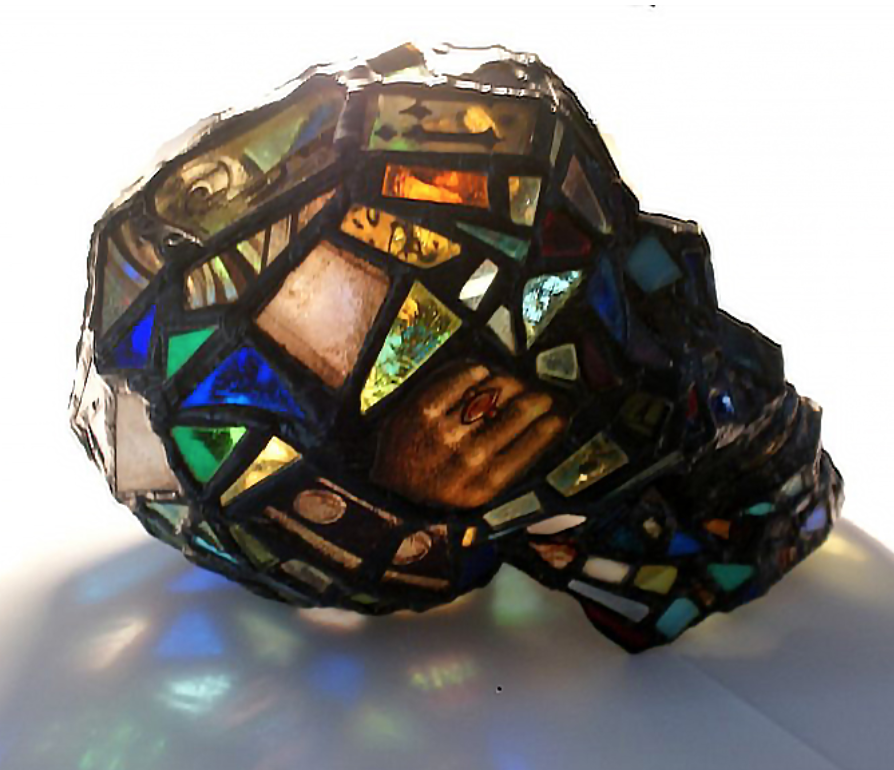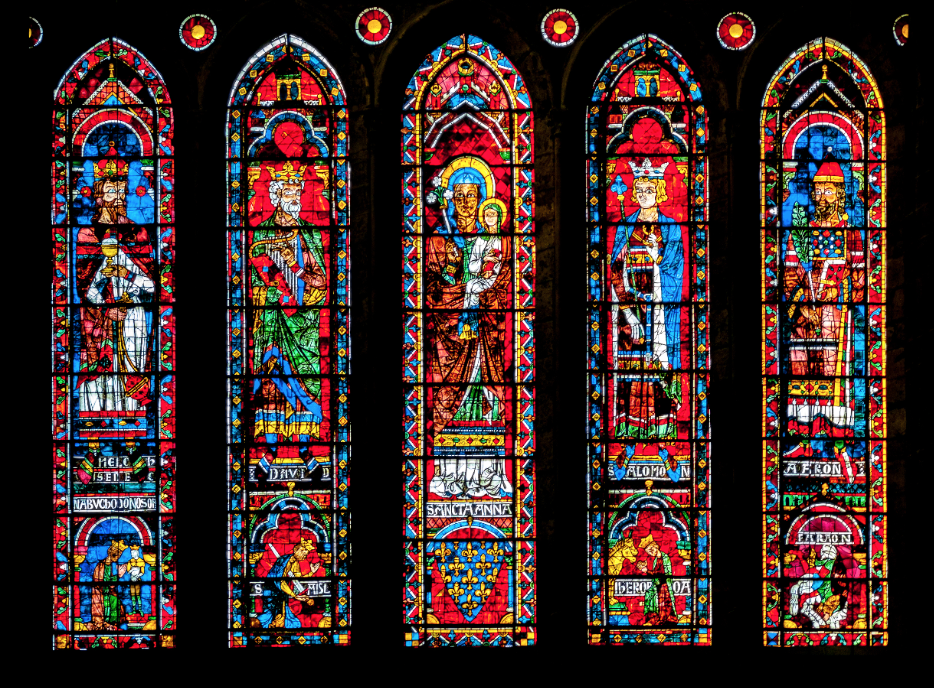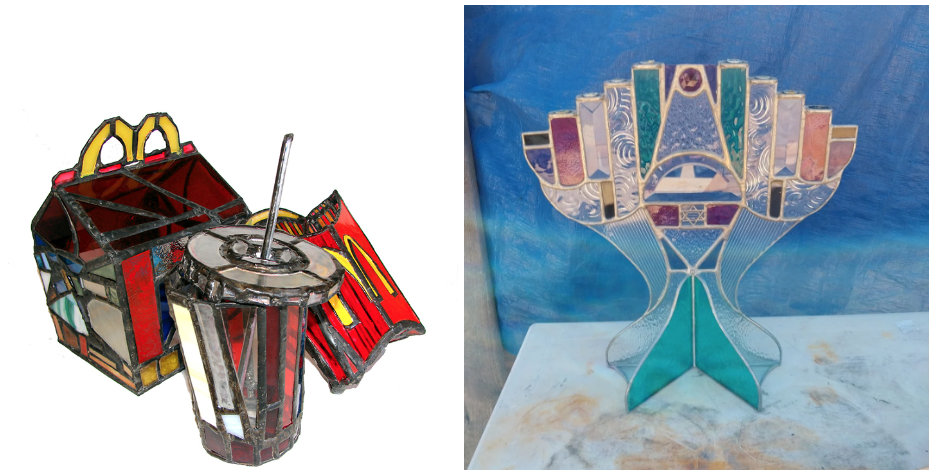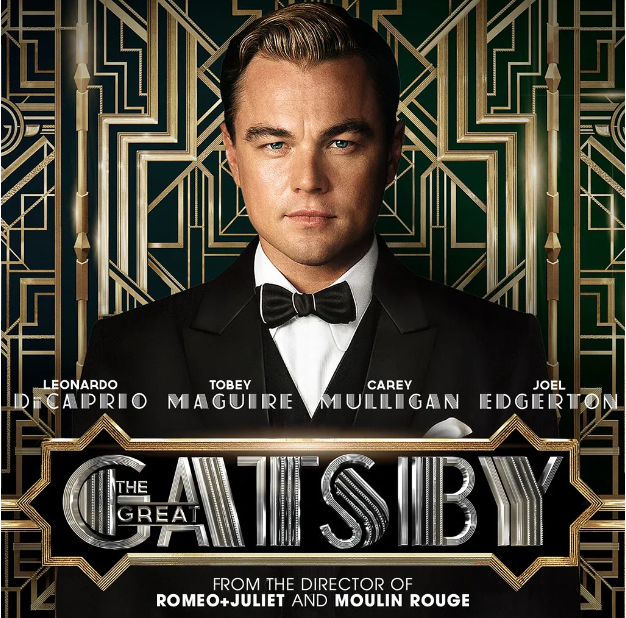
Introduction of Project
For my upcycle project I intend to use scrap stained glass to create a sculpture of a motorcycle helmet. With this project I intend to embody expressionism and teach from an event I witnessed. Last summer, I witnessed a fatal head on collision between a motorcycle and car. The motorcyclist had every form of protective gear on yet none of it prevented his death. In this project, the material and form were specifically chosen to exemplify how fragile life can be and how protective gear doesn’t always protect.
Aesthetics of Project
The aesthetics of this project are directly derived from the materials used and the fabrication of the helmate. The choice to use scrap stained glass positioned one sethetic to be Painting on Light. The colors of glass available, the copper tape, and the geometric way in which the helmet would need to be constructed set Art Deco as another aesthetic.
Painting on Light
Painting on light emerged as an aesthetic and artform with the rise of stained glass. It’s roots are deeply intertwined with the gothic aesthetic and period. The emphasis of opulent cathedrals in the gothic timeperiod lead to the rise of stained glass windows. Stained glass windows offered an immediate increase in opulence and emotional affect. During the gothic revival, stained glass gained far more vibrant colors and textures due to the development of Tiffany and ‘Favrile’ glass.

Painting on light as an aesthetic is defined by altering present natural light to convey and invoke moods or emotions. This aesthetic is inherent from the materials chosen for this project. With that being said the true aesthetic of a stained glass piece also depends on the surrounding or overall aestheic of its form or surroundings.

Art Deco
Art Deco emerged and was highly popular during the 1910s to 1930s. It was an aesthetic that radiated luxury and eventually get intertwined with the opulence of Hollywood life. As such its popularity boomed as people tried to emulate the Hollywood lifestyle. An example of this in media is “The Great Gatsby” where Art Deco is highlighted as it points to the wealth of the characters.

Art Deco was characterized by bold geometric forms and clean angular lines. The geometric forms tended to be symmetrical and contain sharp angles and straight lines. The colors were bold and contrasting but heavily involving metalics and earth and gem tones. Often however the colors gravitated towards the contrasts of ebony and ivory. Materials used for this aestheic were often expensive such as expensive metals, rich woods, and even pricey shells and stones. There was a heavy use of bronze, chrome, and gold colored metals. These materials lead to a glossy or polished appearence where objects often appeared even more expensive.
My upcycle project embodies the contrasting colors, geometric shapes, geometric patterns, metallic accents, and glossy finish of Art Deco. The available glass is white and grey including the contrasting colors and the use of copper tape and lead to adjoin the glass pieces includes the metallic accents. The geometric, symmetric, and agular patterns arise from the creation of an already symmetric but curved object from flat materials. To make the curved shapes patchwork pieces having sharp, angled, and straight lines will need to be used. Thus Art Deco will be an inherent aesthetic in this project.
References
[1] Andrius. (2016, April 28). Popular objects made of church-like stained glass. Popular Objects Made Of Church-Like Stained Glass. https://www.demilked.com/church-like-stained-glass-sculptures-laura-keeble/
[2] Jones, M. R. (2022, February 21). The beauty of stained glass: The Aesthetics of Painting on Light: Snowy Fictions: History, Literature & Culture. Snowy Fictions. https://www.snowyfictions.com/the-beauty-of-stained-glass-the-aesthetics-of-painting-on-light/#:~:text=An%20 artist%20must%20paint%20 on,has%20in%20a%20 Gothic%20 cathedral.
[3] Lots of Furniture. (n.d.). 1930’s Stained Glass menorah. https://lots-of-furniture.myshopify.com/products/101523-11
[4] Wiki, C. to A. (n.d.). Art deco. Aesthetics Wiki. https://aesthetics.fandom.com/wiki/Art_Deco
[5] Wikimedia Foundation. (2024, February 11). Stained Glass. Wikipedia. https://en.wikipedia.org/wiki/Stained_glass
[6] Yung, P. byMarilyn. (2023, January 2). The great gatsby 2013 film chapter breakdown (updated 1/31/22). ELA Brave and True by Marilyn Yung. https://elabraveandtrue.com/2021/05/10/the-great-gatsby-2013-film-chapter-breakdown/

1 Comment. Leave new
Painting on light is such an interesting aesthetic. It reminds a lot about abstract aesthetic where artist use shapes and color to invoke emotion. For this was your plane to actually paint on glass or to use stained glass to create the color?